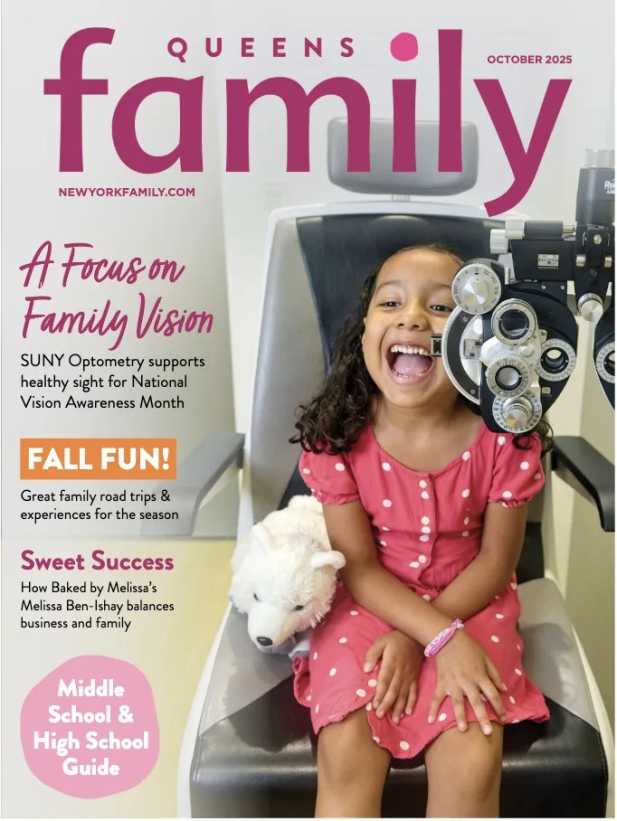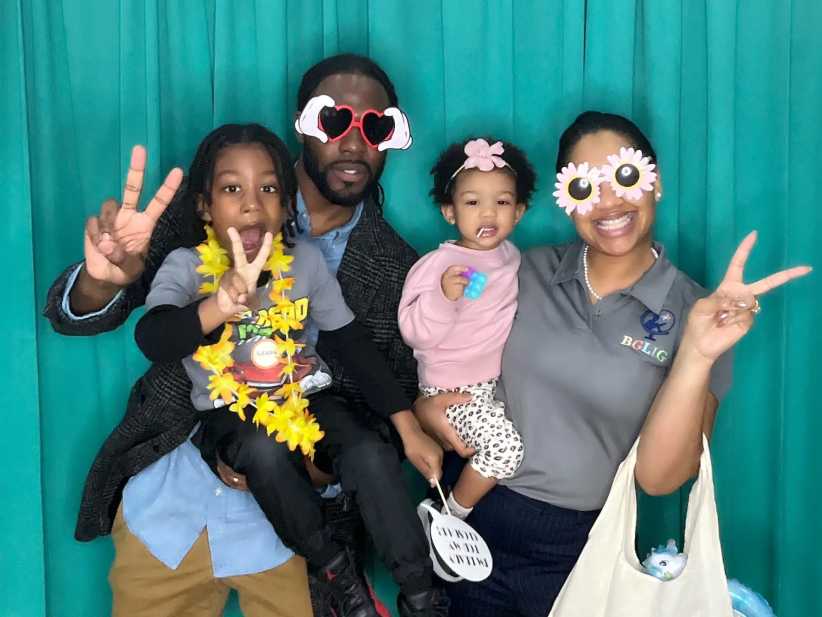
Navigating the NYS Early Intervention Program: What Parents Need to Know
The New York State Comptroller’s Office recently audited the NYS early intervention program, and the findings were troublesome.
Thousands of young children with disabilities are not receiving the early intervention services they’re entitled to. Here’s what parents need to know about navigating the system to ensure their child receives the important services and help they need.
The NYS Early Intervention Program: Findings from the Audit
The state’s early intervention program, which is managed by the NYS Department of Health, is for kids younger than 3 years who have a confirmed disability or established developmental delay. Services can include speech pathology or audiology, occupational or physical therapy, psychological services and more.
According to the comptroller’s office, which acts as the independent watchdog of state finances, the services available through the program are vital for children. But the audit found that many kids have not received services or faced delays in care.
“Failure to provide babies and toddlers with early intervention services misses a critical window of opportunity and increases the risk of significant developmental and learning delays, and the need for more special education services in the future,” NYS Comptroller Thomas DiNapoli said.
From July 2018-February 2022, approximately 189,000 children with a suspected or confirmed disability were referred to the program. However, records showed that 27,000 never received an evaluation and 10,000 were still pending.
Of the nearly 152,000 children who were evaluated, 98,000 were determined eligible to receive services. But about 2,000 eligible children never received an individualized plan and another 1,000 were pending.
The 95,000 children who did receive an individualized plan either didn’t receive all types of services to which they were entitled or didn’t receive authorized services within 30 days. Some did not receive any of their authorized therapeutic services.
What is the state doing to fix the problems?
The comptroller’s office recommends that the DOH improve its management of the program and eliminate barriers to care.
“The Department of Health needs to address the underlying reasons why children are not receiving the services they are entitled to, why services are often delayed and how access can be improved,” DiNapoli said.
According to the DOH, approximately 68,000 infants and toddlers and their families receive services each year. When New York Family reached out to the DOH for comment, the agency said most children in the program receive services in a timely manner. It also acknowledged COVID-19 created challenges and that provider capacity is a significant factor that affects the timeliness of services.
“The NYS Department of Health appreciates the attention that the state comptroller has given to this crucial program. It’s important to emphasize that the early intervention is a voluntary program. Parents have a right to accept or reject some or all of early intervention services recommended for their child at any time, for any reason,” Jeffrey Hammond, deputy director of communications at DOH, said.
Hammond added, “Although the COVID-19 pandemic affected the early intervention program, the department has since worked to strengthen outreach to families. For example, the department has implemented two task forces under the leadership of the Early Intervention Coordinating Council to review the rates and develop strategies to improve the workforce, disseminated data to assist county early intervention programs in identifying and addressing disparities in their local areas, and planned a family campaign to connect with families who may be eligible for services in underserved areas of the state.”
DiNapoli’s audit includes additional recommendations for the DOH. These include identifying why some kids are not receiving services for facing delays in care; developing and implementing ways to improve participation and timely delivery of services; include specific goals, tasks and objectives on municipal workplans for improving public awareness and outreach; and more.
Tips for Parents: Navigating the NYS Early Intervention Program
As the state works to correct problems within the early intervention program, there are ways parents can take action, too. Here are some key tips from early intervention service providers to help parents navigate the enrollment process and what to do while waiting for help.
“Parents are in that realm of waiting, and it’s really overwhelming because they want to get into action mode,” Kristen DuMoulin, director of clinical services at QSAC, Inc., an early intervention service provider in NYC, explained.
Talk to your child’s pediatrician. Most importantly, talk to your child’s pediatrician if you have questions or are noticing something might be off about your child’s development. Even though the early intervention program is currently experiencing problems, the earlier a child starts the program, the sooner they’ll get the help they need.
Starting the referral process. A referral is needed to enroll in the program in NYC, but the referral process is easier than you might think. Families and doctors can make a referral by calling 311 or completing a form online.
Lisa Veglia, CEO at QSAC, explained that her organization can not automatically serve families, as it has to go through the process with the city.
“Ideally, a pediatrician will pick up on the child’s delays, or a parent might bring it up to their child’s pediatrician,” Veglia said. “And then they make the referral.”
Play with your child. Make sure you’re always engaging with your child, DuMoulin explained. Use simple words when you’re communicating with them.
“For example, if they’re reaching for their bottle, you can say ‘milk, milk’ and give it to them,” DuMoulin explained. “Really just immerse yourself in their world.”
Use the CDC Milestone Tracker. This free app tracks your child’s milestones from age 2 months to 5 years. It’s got easy-to-use illustrated checklists and information for parents who are concerned about their child’s development.
Take action with local elected officials. Advocacy is important, too, Veglia explained.
“Parents who have the ability to connect with their local legislature can help. They don’t have to go to Albany– they can go to their local legislature’s office and talk about how important these services are,” Veglia explained.
For more information about the early intervention program in New York State, visit health.ny.gov.
Psst… Here’s what you need to know about illegal weed stores in NYC.



























